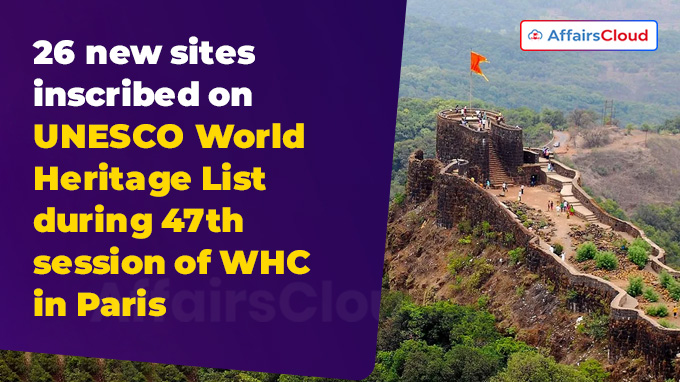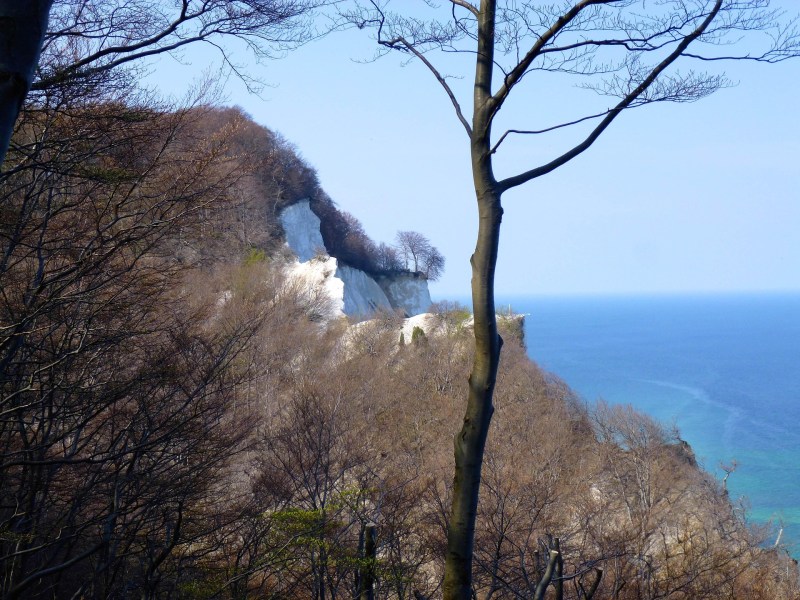UNESCO Expands World Heritage List with 26 New Inscriptions in 2025

On July 17, 2025, UNESCO officially added 26 new sites to its prestigious World Heritage List. This latest update brings the total number of UNESCO World Heritage sites to 1248, spread across 170 countries worldwide. The newly recognized sites reflect a growing emphasis on the role of local communities in preservation efforts, increased representation from the African continent, and a heightened awareness of remembrance sites and shared prehistoric heritage.
Focus on Africa and Community-Based Conservation

This year's inscriptions mark a significant step towards inclusivity and a broader representation of global heritage. Four new sites from Africa were added, and both Guinea Bissau and Sierra Leone presented their inaugural nominations, highlighting the list's expanding universality. In a related development, on July 9, 2025, three African sites—Madagascar's Rainforests of the Atsinanana, along with sites in Egypt and Libya—were removed from the List of World Heritage in Danger, demonstrating successful preservation initiatives.
Spotlight on New World Heritage Sites

Among the 26 newly inscribed sites, several stand out for their unique historical, cultural, or natural significance:
The Palaces of King Ludwig II of Bavaria (Germany)

These 19th-century palaces, including Neuschwanstein, Linderhof, Schachen, and Herrenchiemsee, are celebrated for their enchanting design and Wagnerian inspiration. They represent a significant chapter in Bavarian history and architecture.
Xixia Imperial Tombs (China)

Dating from the 11th to 13th centuries, this necropolis is the most extensive and well-preserved archaeological site from the Xixia period. It offers valuable insights into the dynasty's strategic importance along the Silk Roads.
Archaeological Ensemble of 17th Century Port Royal (Jamaica)

Once a bustling English port city and a notorious hub for transatlantic trade and piracy, much of Port Royal was submerged following a devastating earthquake in 1692. The archaeological remains provide a unique glimpse into a pivotal era of maritime history.
Coastal and Marine Ecosystems of the Bijagós Archipelago – Omatí Minhô (Guinea-Bissau)

This archipelago is renowned for its rich biodiversity, supporting endangered marine turtles, manatees, and migratory shorebirds, making it a crucial habitat for marine life.
Gola-Tiwai Complex (Sierra Leone)

As part of the Upper Guinean Forest, this site is a biodiversity hotspot, home to over 1,000 plant species and critical animal species, including the African Forest Elephant.
Møns Klint (Denmark)

This dramatic glaciotectonic landscape features striking chalk cliffs, rare habitats, and a diverse array of flora and fauna, making it a site of significant ecological value.
Peruaçu River Canyon (Brazil)

The canyon showcases dramatic karst landscapes, extensive caves, and rich biodiversity, situated at the intersection of three major biomes, highlighting its ecological importance.
Murujuga Cultural Landscape (Australia)
This landscape reflects over 50,000 years of continuous care and utilization by Indigenous peoples, underscoring its profound cultural significance.
Cambodian Memorial Sites: From centres of repression to places of peace and reflection (Cambodia)
Comprising three locations—the M-13 prison, the Tuol Sleng Genocide Museum, and the Choeung Ek Genocidal Center—these sites serve as poignant reminders of the human rights abuses committed during the Khmer Rouge regime.
Challenges and Controversies Surrounding World Heritage Sites
Despite the positive additions to the World Heritage List, several controversies and challenges persist. Ongoing lobbying efforts to include the Murujuga rock art in Australia on the list have faced resistance due to concerns about emissions from Woodside. Recent discussions regarding Japan's forced labor issue at UNESCO saw Seoul's efforts to address the issue reportedly fall short. Conservationists have even called for the Lake District in the UK to be removed from the UNESCO list. Concerns have also been raised about the 42% reduction of the Nazca Lines park in Peru, potentially jeopardizing environmental and heritage preservation. Additionally, green groups have voiced opposition to the development of a luxury resort near the pristine Aldabra Atoll in Seychelles, a designated World Heritage site.